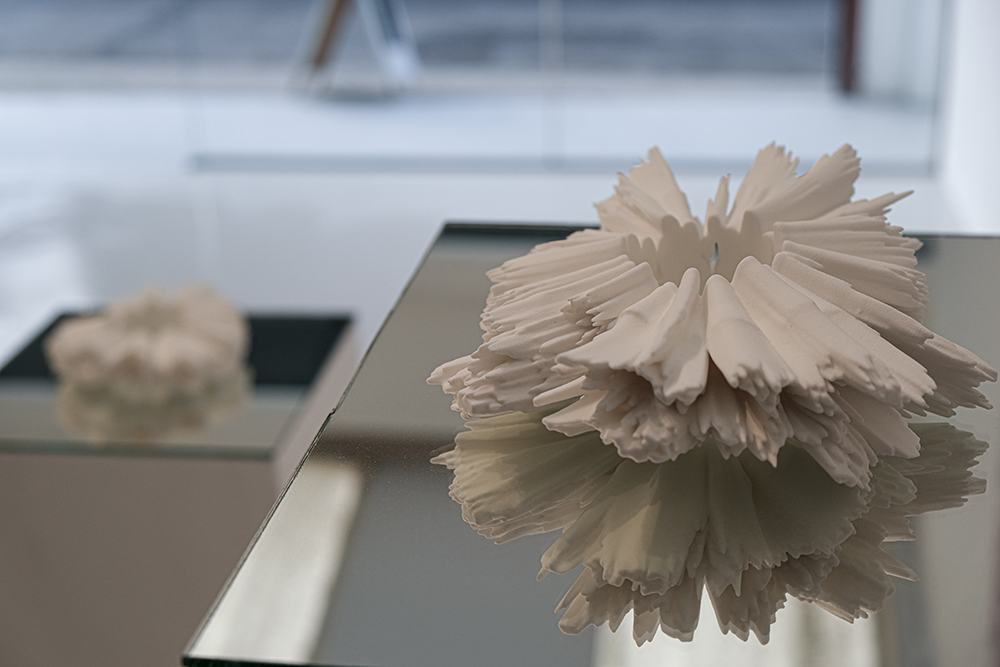 |
 |
|
SEADS (Space Ecologies Art and Design) is an international transdisciplinary collective of artists, scientists, educators, and activists that is engaged in deconstructing dominant paradigms about the future and developing alternative models through critical inquiry and hands-on experimentation. SPACE Lab shows their work E¯ngines of E¯ternity that was created in collaboration with Karine Van Doninck, an evolutionary biologist who studies the unique evolution of microorganisms called rotifers and their ability to adapt to and survive extreme space environments. E¯ngines of E¯ternity was first launched to the International Space Station (ISS) on 5 December 2019 and continues to evolve over subsequent space missions. It is a unique artwork with the involvement of many different disciplines co-created by rotifers, humans, algorithms and the space environment itself.
| |
 |
 |
|
Engines of Eternity is a multi-layered project that critically reflects on this question and humankind’s aspirations in space. The quest for human migration to space and achieving cultural immortality is often imbued with conflict because of convictions of superiority and impulses of colonialism. Engines of Eternity explores these human tendencies through the lens of the smallest animals on Earth, rotifers. Rotifers are microscopic aquatic animals with the unique capacity for endless self-repair and cloning. They also appear to take advantage of horizontal gene transfer to breed diversity and adapt: DNA from totally different organisms such as fungi, bacteria and plants were discovered inside the rotifer’s genome. In the process, diversity is generated. Engines of Eternity encapsulates the entirety of the enquiry processes (experiments, explorations, conversations) and outcomes (artefacts, media, texts) related to the collaborative engagement between SEADS and the scientific RISE (Rotifer In SpacE) project led by Karine Van Doninck. In a series of space biology experiments, rotifers were sent to the International Space Station in 2019 and 2020. SEADS thumb-printed a series of glyphs onto the specimen bags, which originated the algorithmic seed for an evolving artwork. After each space mission, genetic data of the rotifers’ development in the harsh environment of space was used to evolve the art. Outcomes of this analysis include 3D sculptures, conceived together as the “Data Monument” that in itself develops with each space mission and through SEADS’ ongoing creative process.
| |
 |
 |
|
The video essay “Eagerness for the Alien” is an invitation for critical reflections on the artworks’ main themes. It is a meditation on ideological conflict, cultural exceptionalism, and contested visions of human civilisation in space. Featuring digitally generated visuals, Eagerness for the Alien reflects on the competing impulses for stability and change, and how this tension might subsequently shape the future of human societies.
All photos by SEADS | |
|
|
|
|
|
|
|
|
|
|
|
|
|
|
|
|
|
|